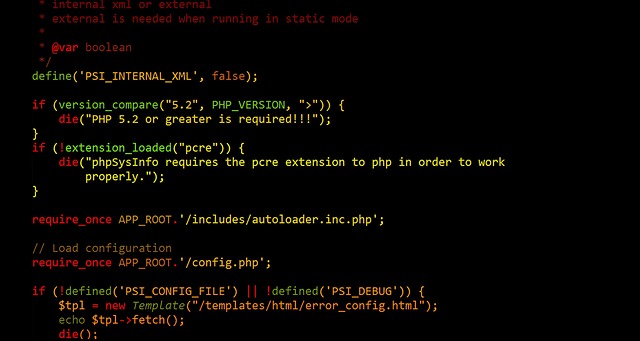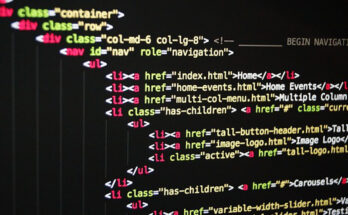January 30 , 2024 Imphal By Banti Phurailatpam:
Contents
- 1 Introduction:
- 2 I. Setting Up Your Python Environment:
- 3 II. Python Basics:
- 4 III. Data Structures in Python:
- 5 IV. Object-Oriented Programming (OOP) in Python:
- 6 V. File Handling in Python:
- 7 VI. Advanced Python Concepts:
- 8 VII. Web Scraping with Beautiful Soup and Requests:
- 9 VIII. Introduction to Python Libraries and Frameworks:
- 10 IX. Testing in Python:
- 11 Conclusion:
Introduction:
Python, a versatile and powerful programming language, has gained immense popularity for its simplicity, readability, and a vast ecosystem of libraries and frameworks. Whether you’re a beginner taking your first steps into programming or an experienced developer looking to expand your skills, this tutorial is designed to guide you through the fundamentals and advanced concepts of Python. From basic syntax to object-oriented programming and beyond, let’s embark on a journey to harness the full potential of Python.
I. Setting Up Your Python Environment:
Explore different methods for installing Python on your system, considering factors like operating system compatibility.
Walkthrough the installation process step-by-step, ensuring a smooth setup.
Choosing a Code Editor or IDE:
Evaluate popular code editors and Integrated Development Environments (IDEs) suitable for Python development.
Configure your chosen editor to enhance your coding experience.
II. Python Basics:
Understanding Variables and Data Types:
Introduce the concept of variables and the various data types in Python, including integers, floats, strings, and booleans.
Explore type conversion and dynamic typing in Python.
Control Flow: Conditional Statements and Loops:
Dive into conditional statements (if, elif, else) and loop structures (for, while) in Python.
Learn how to use these constructs for decision-making and iterative processes.
Functions and Modules:
Define and call functions to encapsulate reusable pieces of code.
Explore the concept of modules and how they facilitate code organization and reuse.
Exception Handling:
Understand the importance of exception handling in Python.
Learn about try, except, else, and finally blocks to gracefully manage errors in your code.
III. Data Structures in Python:
Lists and Tuples:
Explore the versatile list and tuple data structures in Python.
Understand indexing, slicing, and common operations on lists and tuples.
Dictionaries and Sets:
Learn about dictionaries and sets as key-value pair and unordered collection data structures, respectively.
Explore the methods and operations associated with dictionaries and sets.
IV. Object-Oriented Programming (OOP) in Python:
Introduction to Classes and Objects:
Understand the fundamentals of classes and objects in Python.
Create and instantiate classes, and explore attributes and methods.
Inheritance and Polymorphism:
Dive deeper into OOP concepts with inheritance and polymorphism.
Explore how these concepts enhance code reuse and flexibility.
V. File Handling in Python:
Reading and Writing Files:
Discover how to use Python to read from and write to files.
Understand file modes and best practices for efficient file handling.
Working with CSV and JSON:
Explore libraries for working with CSV and JSON data in Python.
Understand how to read and write structured data in these popular formats.
VI. Advanced Python Concepts:
Decorators and Generators:
Explore the concept of decorators for enhancing the functionality of functions.
Learn about generators and their role in efficient memory utilization.
Concurrency with Threading and Multiprocessing:
Understand the basics of threading and multiprocessing for concurrent execution.
Explore scenarios where each approach is beneficial.
Regular Expressions:
Introduce regular expressions (regex) and their application in pattern matching.
Learn about common regex symbols and functions for text processing.
VII. Web Scraping with Beautiful Soup and Requests:
Introduction to Web Scraping:
Understand the basics of web scraping and its applications.
Introduce the Beautiful Soup library for HTML parsing and the Requests library for HTTP requests.
Building a Simple Web Scraper:
Walkthrough the steps to create a simple web scraper using Python.
Explore ethical considerations and best practices in web scraping.
VIII. Introduction to Python Libraries and Frameworks:
NumPy and Pandas for Data Manipulation:
Explore NumPy for numerical operations and Pandas for data manipulation.
Understand how these libraries streamline data analysis tasks.
Introduction to Flask for Web Development:
Dive into web development with Flask, a lightweight web framework for Python.
Create a basic web application with routing and templates.
IX. Testing in Python:
Unit Testing with pytest:
Understand the importance of unit testing in software development.
Learn how to write and execute tests using the pytest framework.
Mocking and Test Automation:
Explore mocking techniques for isolating components during testing.
Introduce test automation and its role in continuous integration.
Conclusion:
As we conclude this comprehensive Python tutorial, you’ve journeyed from the basics of Python syntax to advanced concepts and practical applications. Python’s versatility, readability, and extensive ecosystem make it a powerful tool for a wide range of applications, from scripting to web development and data analysis. Whether you’re a beginner or an experienced programmer, the skills acquired through this tutorial provide a solid foundation for your Python journey. Continue exploring and building upon this knowledge, and remember that Python’s community and documentation are invaluable resources as you delve into more advanced topics and real-world projects. Happy coding!





